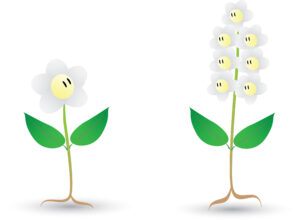
A flower or an inflorescence?
A flower is the reproductive organ of flowering plants. After successful pollination via self- or cross-pollination aided by pollinators, the flower turns into fruits or seed pods. However, the “flowers” are not always called flowers, sometimes they are referred to as inflorescence. What are the differences and relationships between a flower and an inflorescence? A flower, known as bloom or blossom is the seed-bearing part of a plant that consists of reproductive organs like stamens […]
Read More
From one to multiple – plant propagation (1)
Plants have the amazing ability to multiply themself into hundreds and thousands once the condition is favored. In the process of spreading the progeny from the parent plant, every plant cell literally has the potential to develop into a new plant. As rooted and sessile organisms, in order to expand their territories and occupy more land, plants must catch every opportunity that spreads their offsprings. Anything that moves around them could serve as transportation vehicles, […]
Read More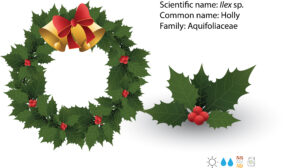
Holly: Frau Holle’s holy tree
Of all the trees that are in the wood, the holly wears the crown! There are four hundred or so evergreen and deciduous trees and shrubs that make up this large genus, which is Aquifoliaceae. Generally, species under this genus are known as holly. They come predominantly from the temperate regions of the northern hemisphere. They are grown for their foliage and produce clusters of small glossy berries. With its shiny green and spiky foliage […]
Read More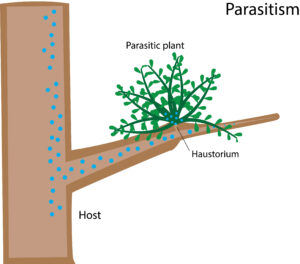
They are expert in stealing – parasitic plants
It doesn’t sound rationale that there are plants that do not make their own foods and living as parasites on other plants. As autotrophs, plants are supposed to live on their own because plants, as most people would assume, are entitled to their abilities to photosynthesis, which is the process of making foods with light and air. However, nature never fails to challenge people’s perceptions with exceptions. In fact, there are about 4500 species of […]
Read More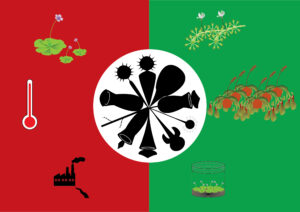
An imagination story: an introduction of carnivorous plants
Plants are mostly autotrophic that produce food by photosynthesis from inorganic raw material like sunlight and carbon dioxide. However, there is a very special group of plants that evolved in a unique way that they obtain nutrients through trapping animals. Unlike parasite plants who are unable to photosynthesis, carnivorous plants are capable of making their own food by photosynthesis and meanwhile capable of eating animals. As sessile and passive forms of life, how do carnivorous […]
Read More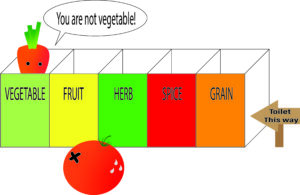
Know your kitchen plants like a botanist
How many names of the fruits and vegetables do you know in the market or your kitchen? To know their common name, it is easy! That is because all plants are labeled before we purchased them from the market. However, do you know what is a vegetable and fruit scientifically? When we buy some vegetables at wet markets or freshly from the farms, we often see tomatoes are selling together with other vegetables such as […]
Read More